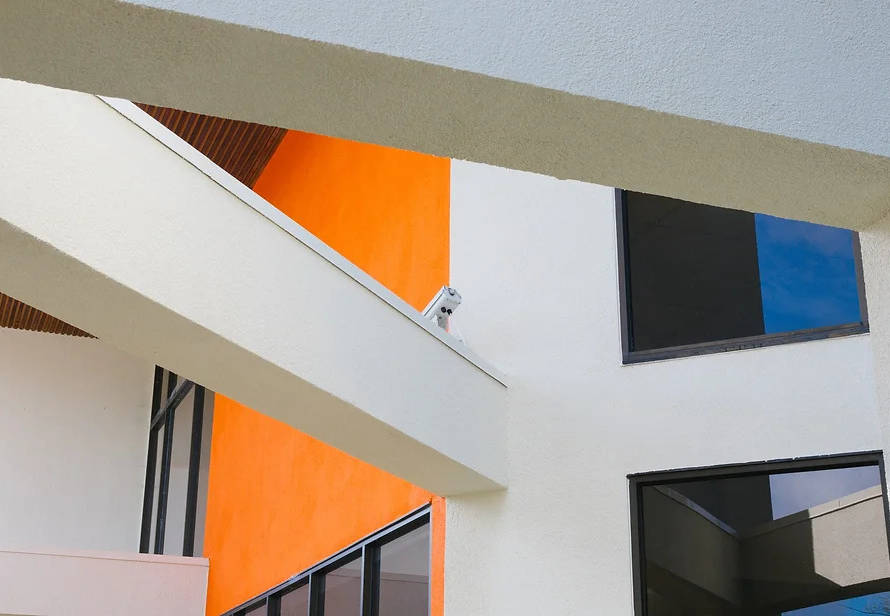Emergency lighting guidelines are in place in Australia to guarantee that individuals have a safe path to follow in the event of an emergency. Residential and Commercial buildings in Australia are required to test and inspect emergency lights on a regular basis. If you operate a business from a building, you must ensure that your system is up to these standards.
Generally all buildings over 300m2 require Exit/Emergency Lighting if they were constructed or renovated to comply with the Building Code of Australia (BCA).
Have you had your emergency and exit lights fail onsite in the last six months? According to the manufacturers, the old tube-style fittings will last about 5 years, while the new LED style emergency and exit lights will last 7 to 10 years. If your lights fail every 5 years, at least 10% of your onsite lights will fail during your 6 monthly 90-minute tests.
Do you have a malfunctioning emergency and exit light at your premises? To comply with Australian Standard AS22931, all emergency and exit lights must be operational.
Emergency Lighting – AS2293.1 BCA Clause E4.2 & E4.4
Exit Lights – AS2293.1 BCA Clause E4.5, E4.6 & E4.8
Emergency and exit lights have been placed to ensure that people may safely exit the building in the event of an emergency. With 240v mains power, emergency and exit lights are normally on all of the time. They have a battery backup which kicks in if there is ever a power blackout or fire. Blackouts to a building usually happen in a fire as the mains’ power gets disconnected or shorted.
Things to Consider When Replacing Exit/Emergency Lights
When it comes to replacing exit and emergency lighting, there are a few things to keep in mind.
To meet with Australian Standard AS2293, all emergency and exit lights must be fully operational. This means that any lights that fail the minimum 90-minute discharge test or generate the requisite minimum 0.2 lux output for their classification (positioning) must be replaced with an equivalent product that meets the AS2293 specifications. Failure to do so can lead to fines, insurance denials, and, most importantly, injury to tenants or occupiers. As a result, be sure the fitting you’re changing is an exact match and can operate in accordance with AS2293.
Make Sure You Are Installing an Equivalent Emergency Lighting Product
All emergency light fittings are tested, ranked, and classified into one of five different classes based on their output and performance (A-E). C0 and C90 are two axis classifications for fittings with a single light source. Emergency fittings with two light sources are commonly classified as three-axis, with C0, C90, and C180 being the most common. This is due to the uneven distribution of light. Tables (Tables 5.1 to 5.5) in AS2293.1 are used to determine the maximum spacing between emergency light fittings for various mounting heights.
The number and location of escape and emergency fittings necessary in a building are ultimately defined by the fitting’s Emergency classification, as well as the maximum spacing permissible between different classes of emergency fittings, as shown in AS2293.1 (Table 5.1 to Table 5.5).
Other brands’ products may not meet the needed classification, which is a typical occurrence. The replacement of an existing Exit and Emergency fitting with one from a different brand without first ensuring that the new installation’s classification is equivalent to or exceeds that of the pre-existing fitting puts the building at risk of not complying with the requirements set out in Sections E4.2 and E4.5 of the Australian Building Code (BCA).
If an emergency exit sign is replaced by a fitting that does not have an equivalent classification, such as an older-style blade exit with insufficient lux rating, an emergency light fitting must be installed within 2m of the exit sign (AS2293-1 clause 5.4.1).
Another option is to utilise a fitting that meets or even exceeds the categorization of what is currently installed. The person in charge of the replacement should make sure that it does not conflict with the lighting design plan for the premises.
When changing Exit and Emergency Lighting, the most crucial element to consider is that your replacement fitting is an exact equivalent to what is already in place. Failure to do so causes the fitting to fail to fulfill the AS2293 criteria, putting the building owner in violation of their legal obligation to provide a safe environment for their tenants or occupants.
If you’re not sure if you’re using the right replacement for your existing Emergency or Exit fitting, the best thing you can do is ask someone who is. It’s always a good idea to get professional guidance from a certified fire systems certifier.


